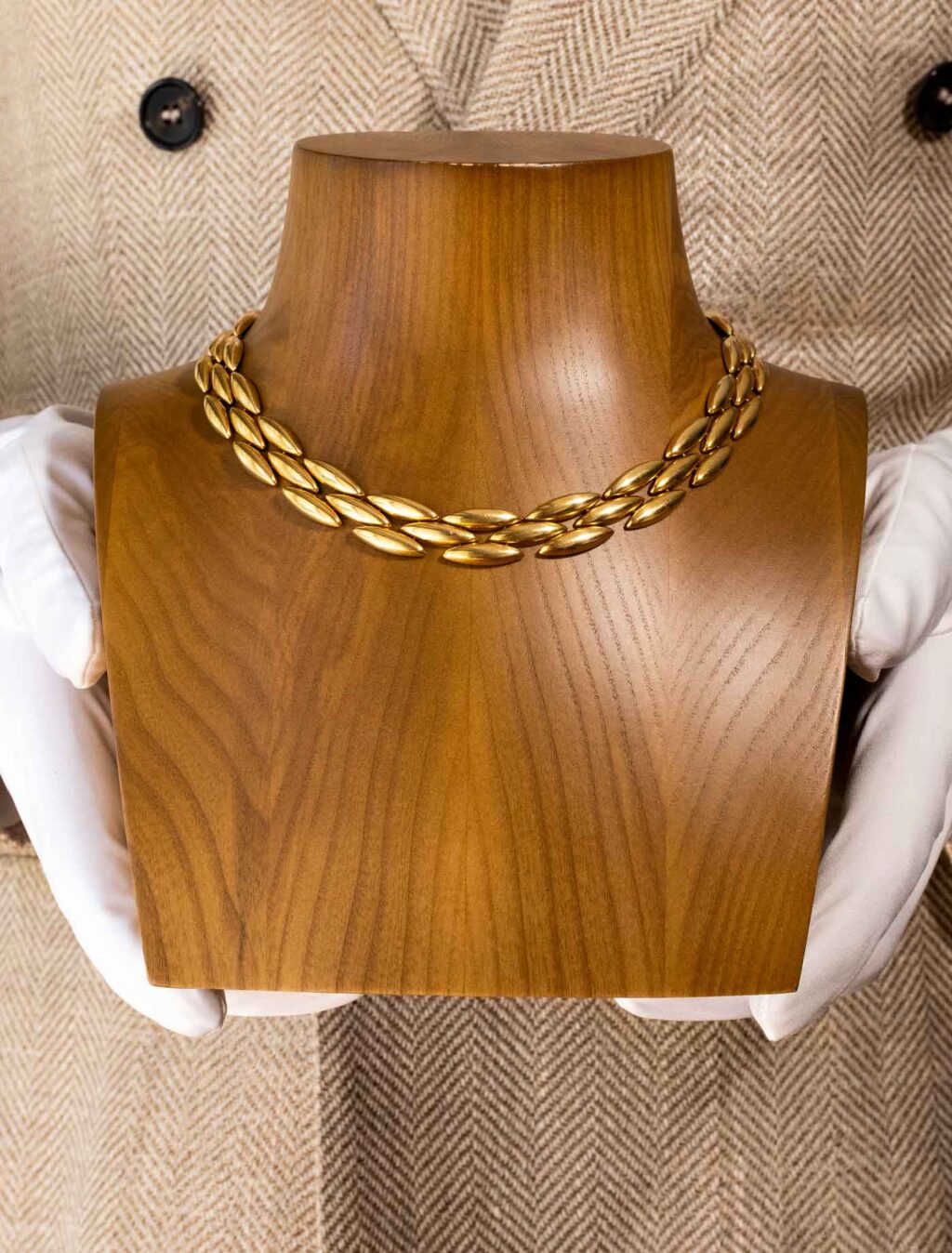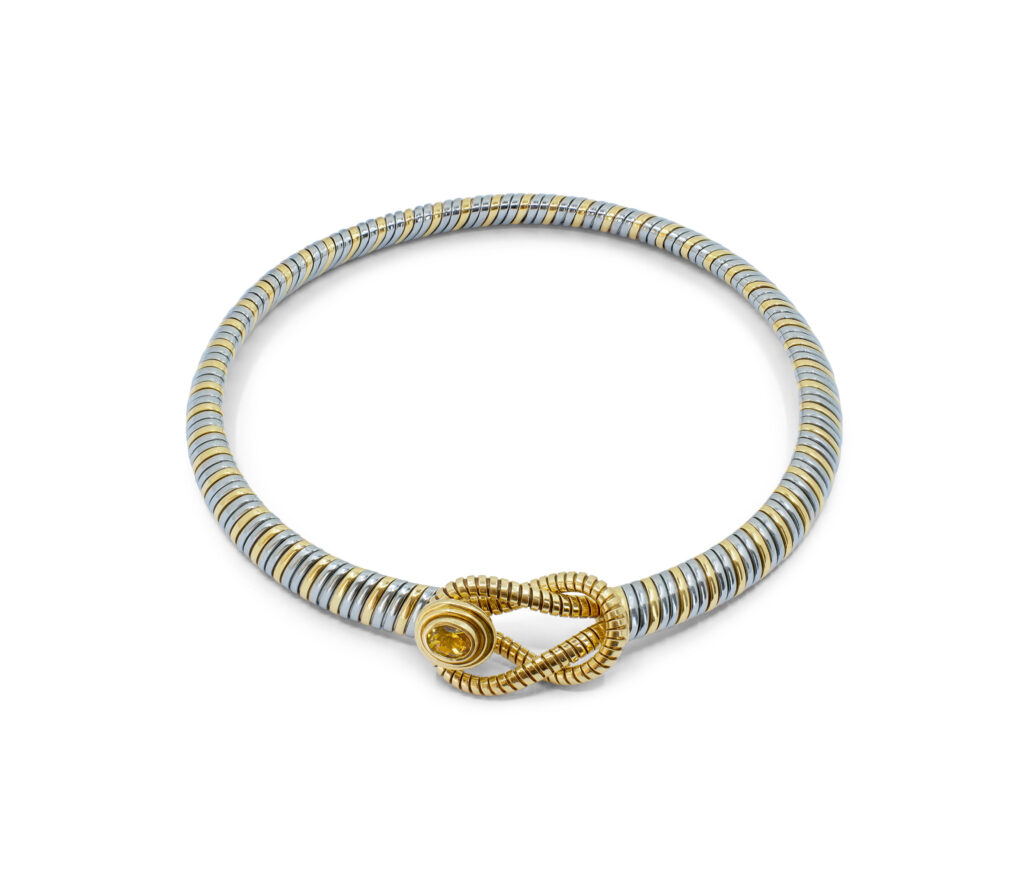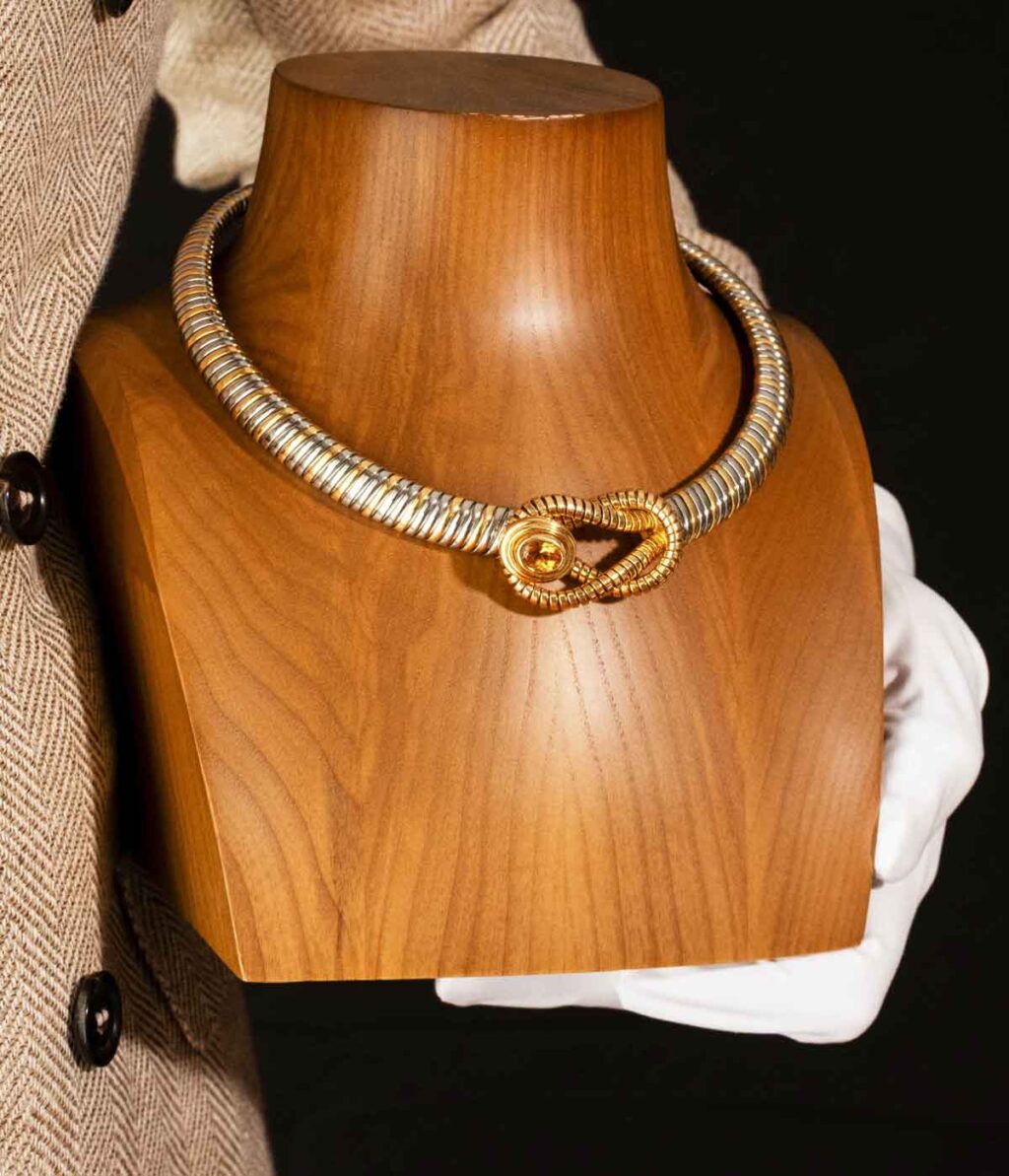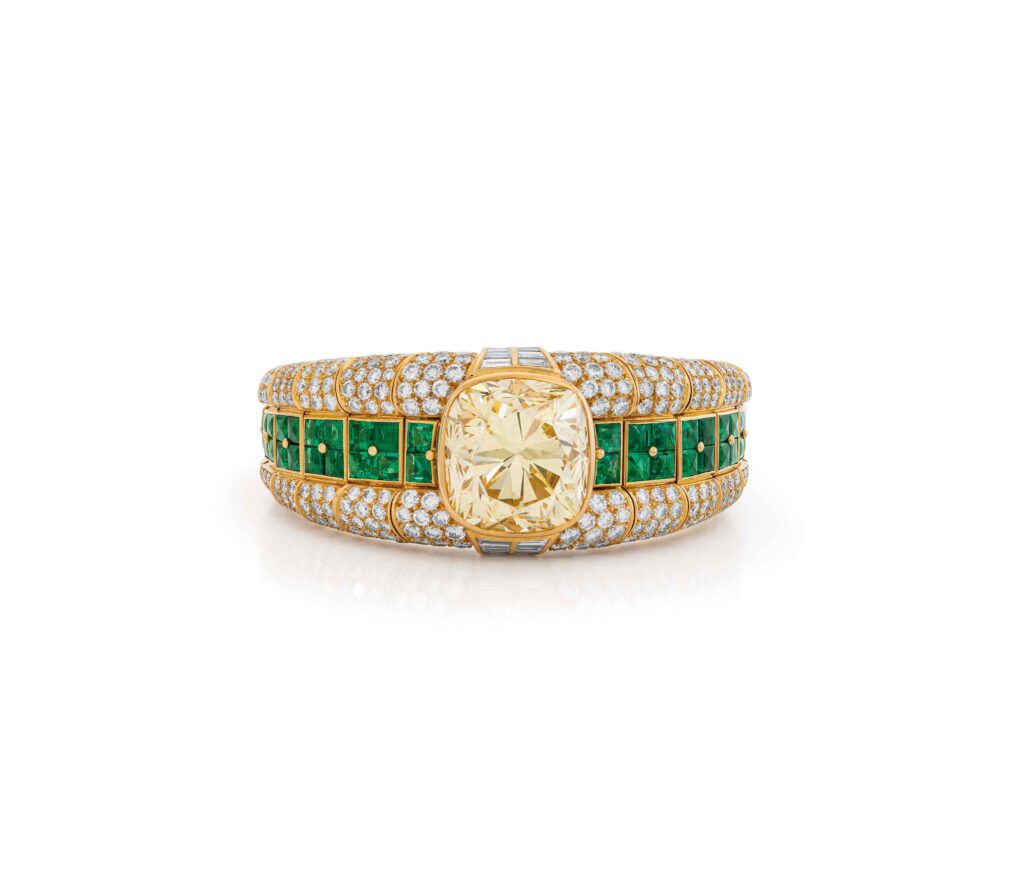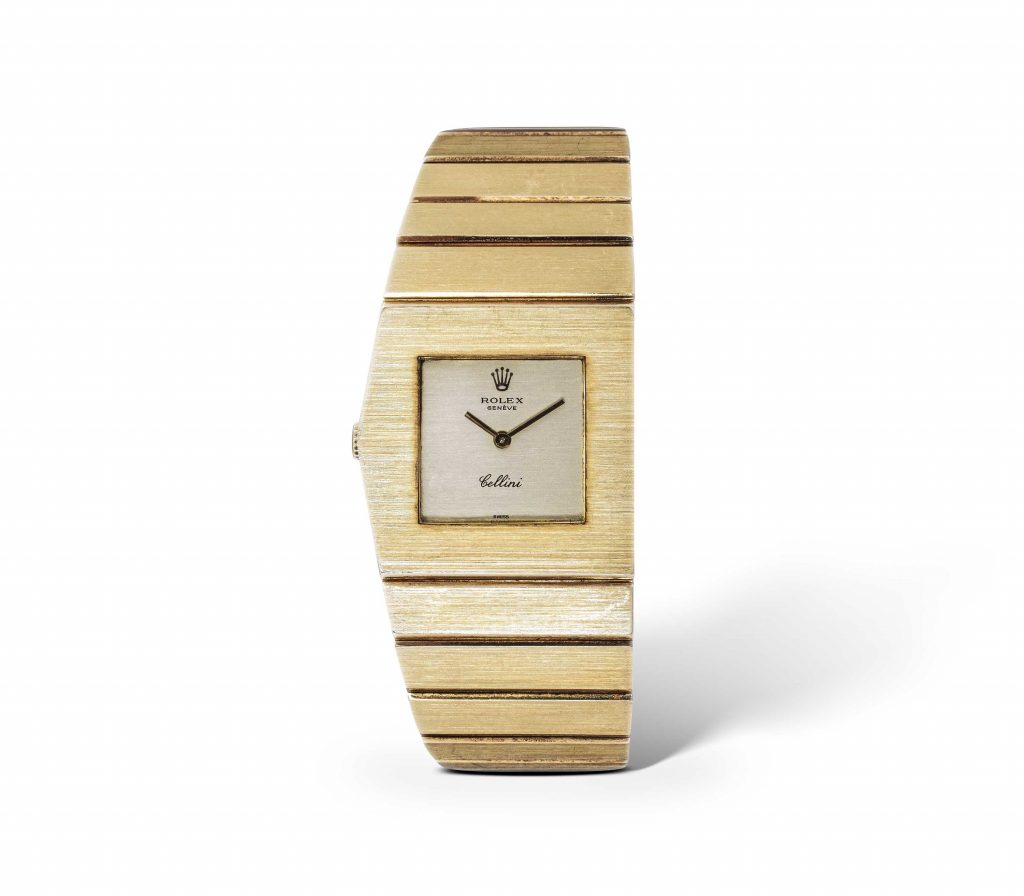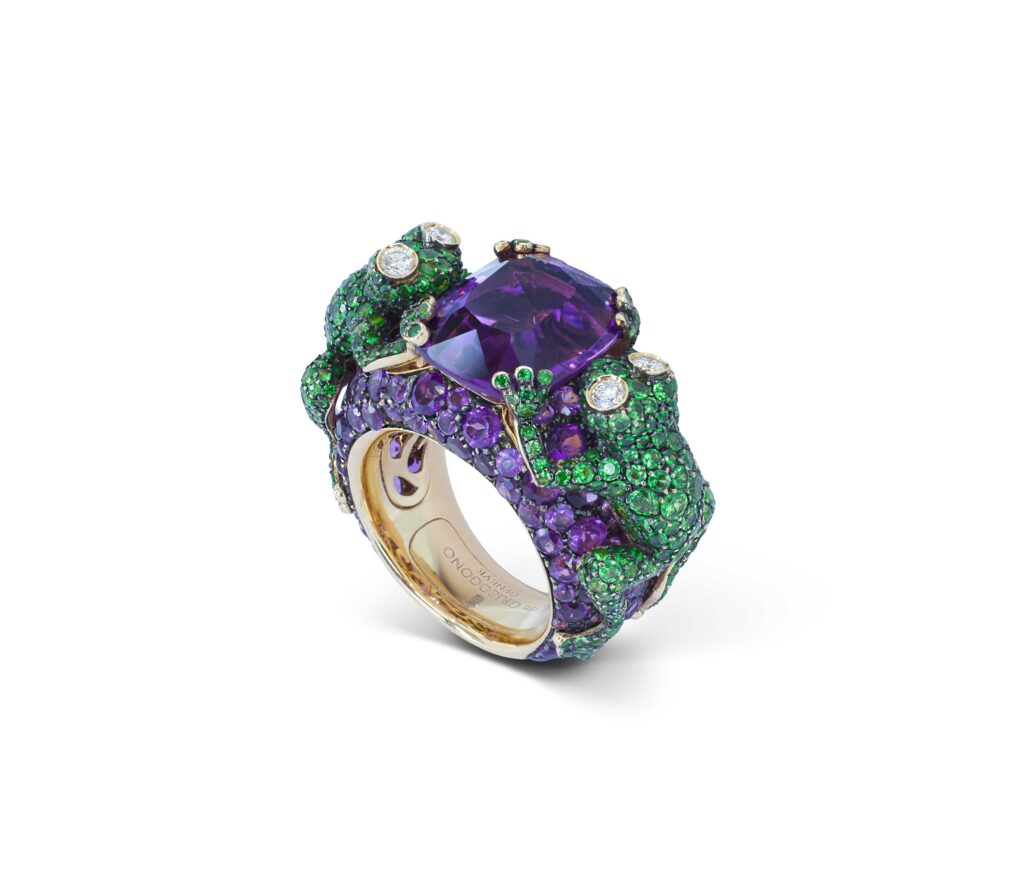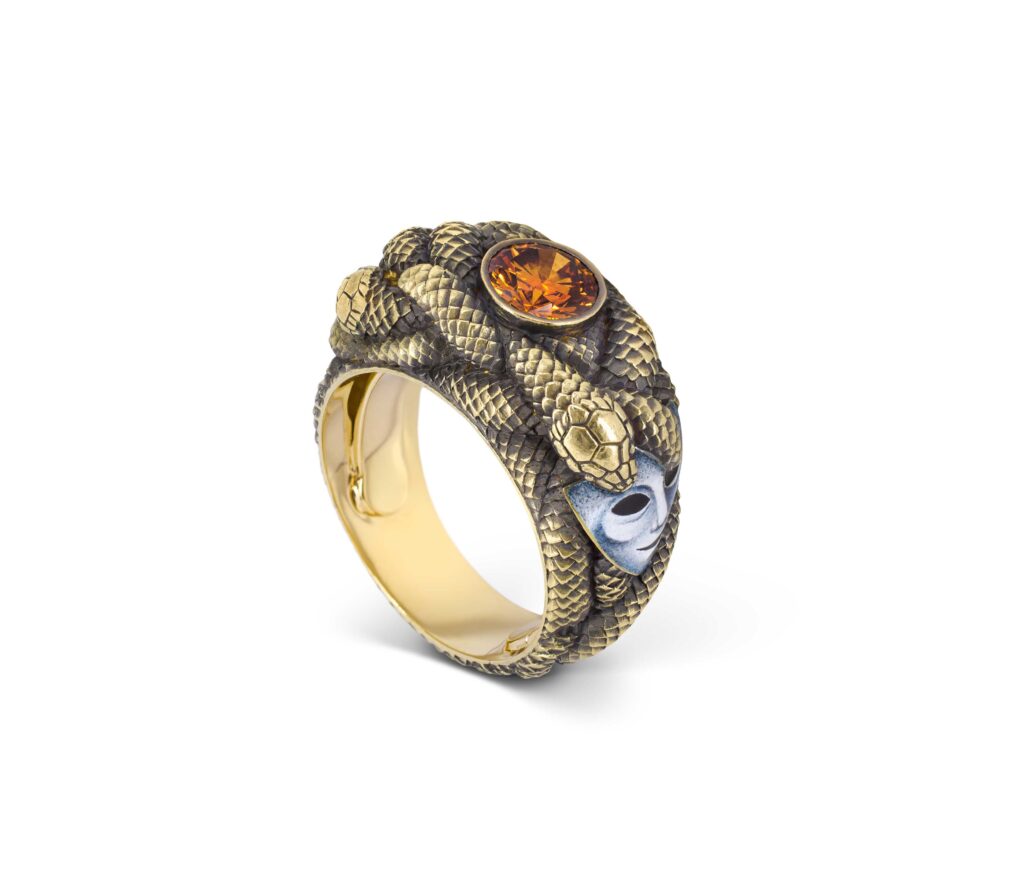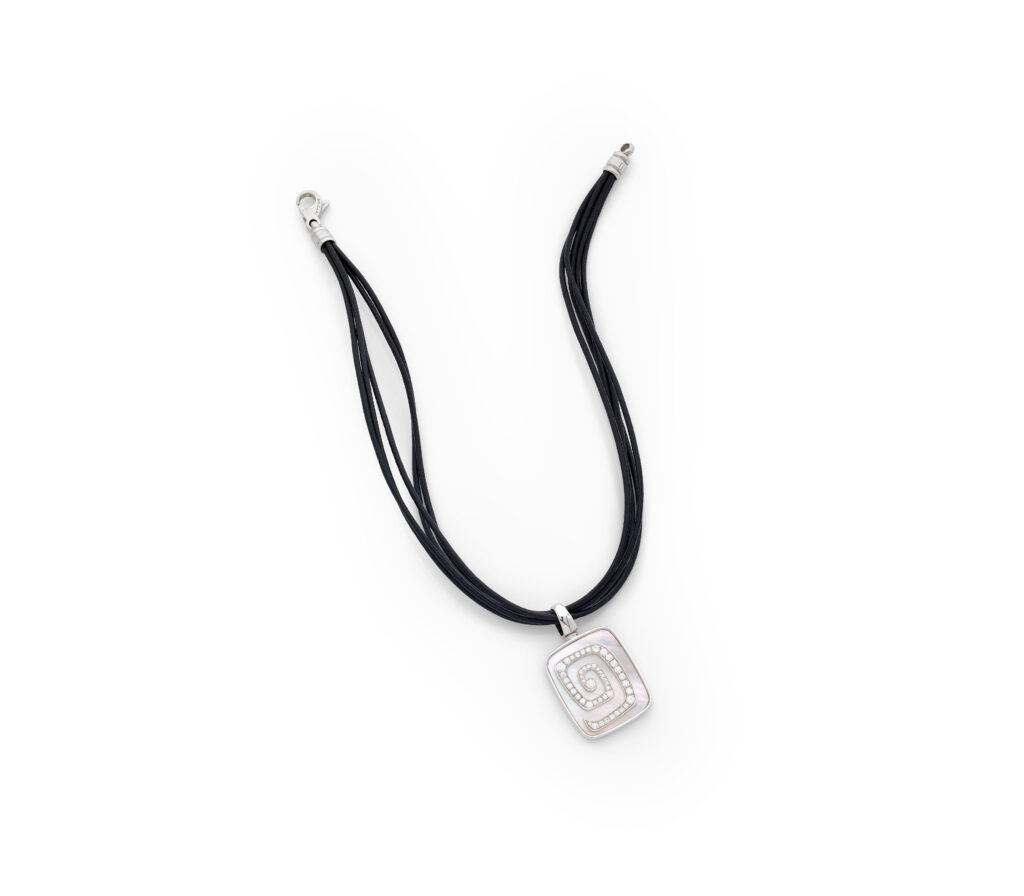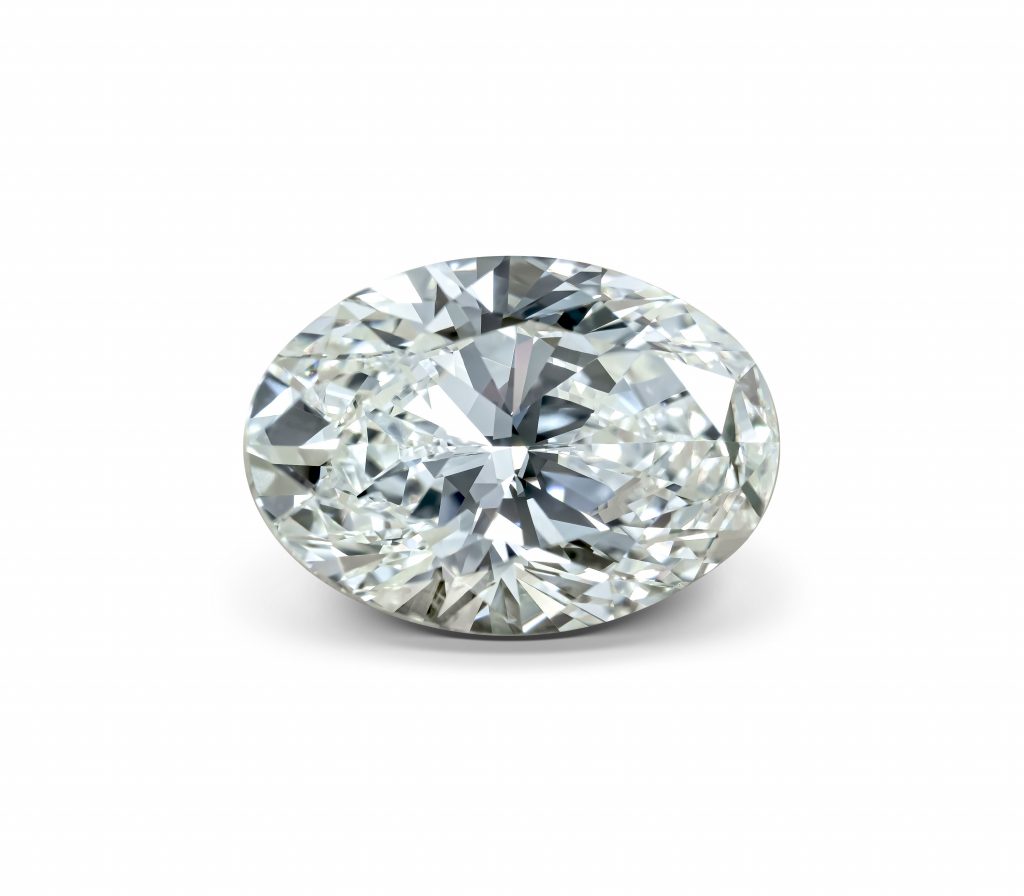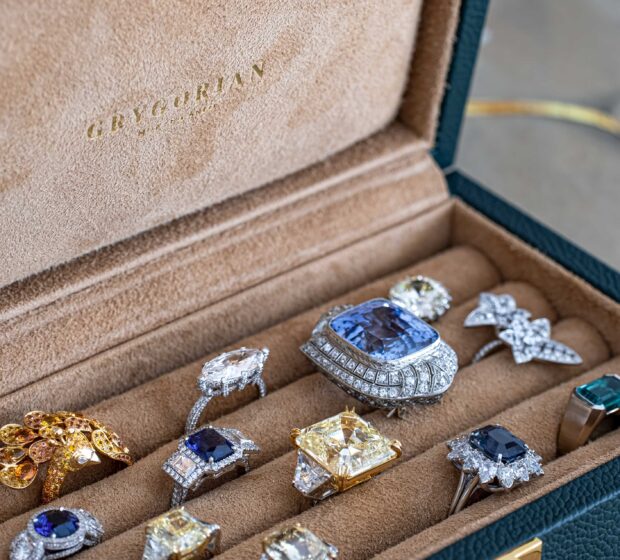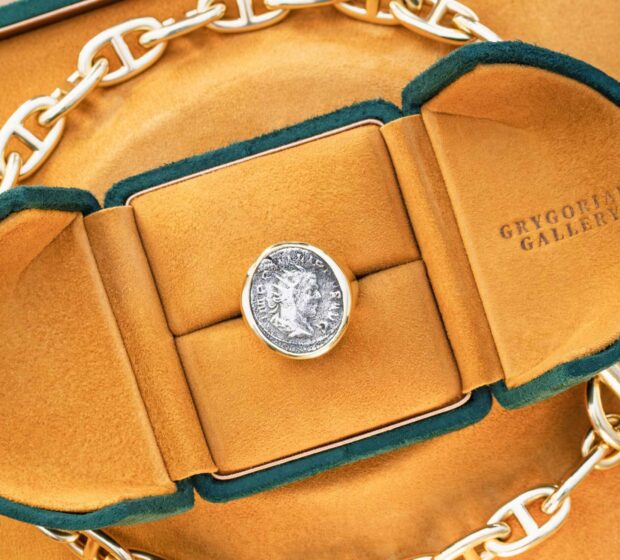In the world of high jewelry, where every facet tells a story and every sparkle whispers of legacy, the diamond reigns supreme—a symbol of endurance, beauty, and the eternal. Yet, as the allure of these gemstones grows, so too does the challenge of discerning the authentic from the imitation. For the discerning collector, the connoisseur of heritage, and the lover of all things rare and refined, the ability to distinguish a genuine diamond from its simulacra is not merely a skill—it is an art form, steeped in tradition and guided by expertise.
At Grygorian Gallery, where the echoes of history meet the brilliance of the present, we understand that a diamond is more than a stone; it is a testament to nature’s patience and the jeweler’s craft. Whether you are seeking to add to your collection, invest in a family heirloom, or simply wish to deepen your appreciation for these timeless treasures, knowing how to tell if a diamond is real is essential. Let us guide you through the poetic journey of authentication, blending time-honored techniques with modern wisdom, so you may confidently recognize the genuine sparkle of heritage.
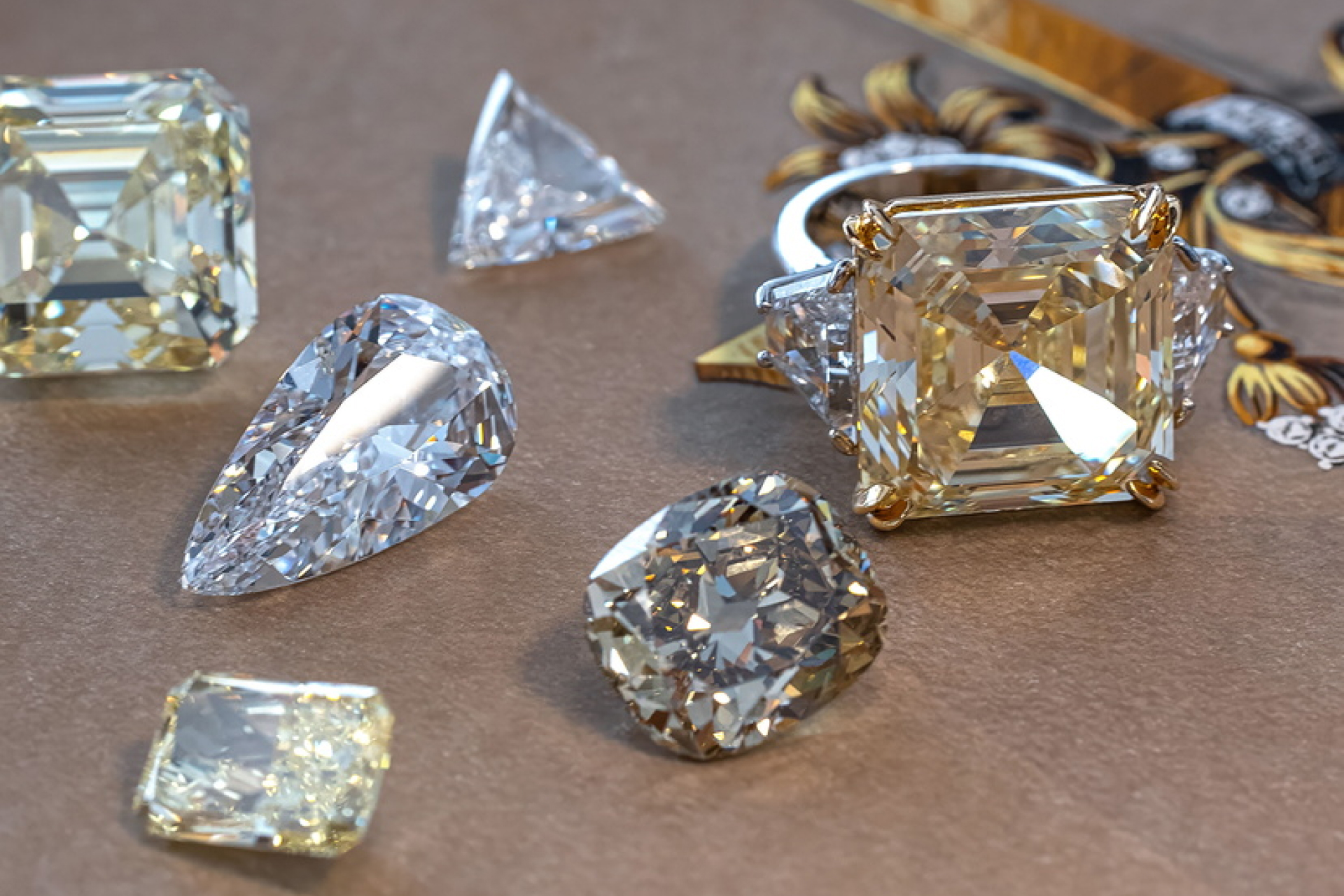
The Heritage of Diamonds: A Legacy of Authenticity
Before delving into the methods of authentication, it is vital to appreciate the heritage that surrounds diamonds. For centuries, these gemstones have adorned royalty, marked milestones, and been passed down as cherished legacies. Their value is not solely in their rarity or brilliance, but in the stories they carry—the whispers of ancient earth, the artistry of master jewelers, and the moments they commemorate.
This heritage-focused perspective is at the heart of Grygorian’s philosophy. Each diamond in our catalogue is selected not only for its physical perfection but for its provenance and the narrative it brings to your collection. As you embark on the journey of authentication, remember that you are not merely examining a stone; you are engaging with a piece of history.
The Persona of a Diamond: Understanding Its Unique Character
Every diamond possesses a persona—a unique interplay of light, clarity, carat, and form that sets it apart. To truly know a diamond is to understand its character, to see beyond the surface and into the depths of its creation. This poetic approach to authentication invites you to look with both the eye and the heart, blending scientific rigor with an appreciation for beauty.
The Four Pillars of Diamond Authentication
While the world of gemstones is vast and varied, the authentication of diamonds rests upon four foundational pillars: observation, testing, provenance, and expert consultation. Let us explore each in detail, weaving together the threads of tradition and innovation.
1. Observation: The Art of Seeing
The first step in authenticating a diamond is to observe—carefully, patiently, and with a trained eye. This is where the poetic meets the practical, as you learn to read the language of light and form.
Brilliance and Fire
A real diamond dances with light in a way that is unmistakable. Its brilliance—the white light reflected from its facets—and its fire—the dispersion of colored light—create a play of radiance that is both subtle and spectacular. Hold the stone under a light source and observe how it sparkles. A genuine diamond will exhibit a sharp, intense brilliance, while imitations often appear dull or overly rainbow-like.
The Fog Test
Breathe gently upon the diamond, allowing a thin mist to form on its surface. A real diamond, with its superior thermal conductivity, will disperse the fog almost instantly. Simulants, such as cubic zirconia, will retain the mist for a few seconds longer. This simple, heritage-inspired test echoes the practices of jewelers past, who relied on their senses as much as their tools.
The Water Test
Place the stone in a glass of water. Due to its high density, a real diamond will sink to the bottom, while many imitations will float or settle more slowly. Though not definitive, this test offers a poetic nod to the elemental origins of diamonds—born deep within the earth, impervious to the passage of time.
2. Testing: The Science of Authentication
While observation is an art, testing is a science. Modern technology offers a suite of tools to confirm a diamond’s authenticity, blending the wisdom of the past with the precision of the present.
The Loupe Examination
A jeweler’s loupe, typically 10x magnification, reveals the inner world of a diamond. Look for natural inclusions—tiny imperfections that are the fingerprints of nature. Most real diamonds will have some internal characteristics, while synthetic stones and simulants often appear flawless. Examine the edges as well; a real diamond’s facets will be sharp and crisp, not rounded or worn.
UV Light Test
Under ultraviolet (UV) light, many diamonds exhibit a blue fluorescence, though this is not universal. The absence or presence of fluorescence is not a definitive indicator, but it can provide additional clues when combined with other tests. Be wary of stones that glow other colors, as this may indicate a simulant.
Conductivity Testing
Diamond testers, available to professionals and serious collectors, measure thermal and electrical conductivity. Diamonds conduct heat exceptionally well, a property that distinguishes them from most imitations. Some testers also assess electrical conductivity, which can help differentiate between natural diamonds and certain lab-grown stones.
The Scratch Test: A Word of Caution
Traditionally, diamonds were tested by scratching glass—a testament to their unrivaled hardness. However, this method is not recommended for valuable stones, as it can damage both the diamond and the test surface. Modern authentication relies on less invasive techniques, preserving the integrity of your heirloom.
3. Provenance: The Story Behind the Stone
In the world of high jewelry, provenance is as important as physical characteristics. A diamond’s history—its origin, journey, and previous owners—adds immeasurable value and authenticity. At Grygorian, we meticulously document the provenance of each stone, ensuring that your acquisition is not only genuine but storied.
Certificates and Documentation
Reputable diamonds are accompanied by certificates from esteemed gemological laboratories, such as the Gemological Institute of America (GIA) or the International Gemological Institute (IGI), which provide crucial diamond certification. These documents detail the stone’s characteristics and confirm its authenticity. Always request and review certification when considering a significant purchase.
Hallmarks and Inscriptions
Many diamonds, especially those set in vintage or high jewelry pieces, bear hallmarks or laser inscriptions. These subtle markings, often visible only under magnification, provide further assurance of authenticity and traceability.
4. Expert Consultation: The Wisdom of Experience
Even the most sophisticated tests cannot replace the good insight of a seasoned expert. At Grygorian, our team of gemologists and heritage specialists bring decades of experience to every evaluation, blending scientific knowledge with an intuitive understanding of beauty and value.
Seeking Professional Appraisal
If you are uncertain about the authenticity of loose diamonds, seek a professional appraisal. An expert will employ advanced tools—such as spectroscopy, X-ray imaging, and microscopic analysis—to provide a definitive assessment. More importantly, they will share the story of your stone, connecting you to its heritage and significance.
Continuing Your Education
The world of diamonds is ever-evolving, with new discoveries and technologies enriching our understanding. We invite you to explore our Education Center, where you will find resources, guides, and insights to deepen your appreciation for these remarkable gems. Knowledge is the true guardian of authenticity, empowering you to make informed, inspired choices.
The Poetry of Authenticity: A Collector’s Reflection
To hold a real diamond is to hold a fragment of eternity—a piece of the earth’s heart, shaped by time and human hands. The process of authentication is not merely technical; it is a poetic journey, a dialogue between past and present, science and art. Each test, each observation, is a verse in the ongoing story of your collection.
As you refine your ability to discern the genuine from the imitation, remember that authenticity is more than a checklist; it is a feeling, a resonance that speaks to the soul. Trust your instincts, honor your heritage, and seek the counsel of those who share your reverence for beauty and legacy.
Common Myths and Misconceptions: Separating Fact from Fiction
In the pursuit of authenticity, it is essential to dispel the myths that often cloud the world of diamonds. Let us address some of the most persistent misconceptions, so you may approach your collection with clarity and confidence.
Myth 1: All Flawless Diamonds Are Fake
While most natural diamonds contain inclusions, some rare stones are indeed flawless. The absence of imperfections does not automatically indicate a simulant, but it does warrant closer examination and diamond certification.
Myth 2: Only Old Diamonds Are Valuable
Vintage diamonds possess undeniable charm and historical value, but modern stones—especially those with exceptional cut, color, and clarity—can be equally precious. Value is determined by a combination of factors, including carat, rarity, provenance, and craftsmanship.
Myth 3: The Scratch Test Is Foolproof
As discussed, the scratch test is outdated and potentially damaging. Many materials can scratch glass, and some diamond simulants are nearly as hard as the real thing. Rely on modern, non-destructive methods for authentication.
Myth 4: All Diamonds Glow Under UV Light
Fluorescence varies widely among diamonds. Some exhibit strong blue fluorescence, while others show none at all. The presence or absence of fluorescence is not a definitive indicator of authenticity.
The Role of Technology: Embracing Innovation in Heritage
While the romance of diamonds is rooted in tradition, the future of authentication lies in innovation. Advanced technologies—such as spectroscopy, photoluminescence, and 3D imaging—allow experts to analyze stones with unprecedented precision. At Grygorian Gallery, we embrace these tools, ensuring that every diamond in our catalogue of diamonds meets the highest standards of authenticity and excellence.
Building Your Legacy: The Grygorian Promise
A diamond is more than a purchase; it is an investment in your legacy, a promise to future generations. At Grygorian, we honor this promise by curating only the finest, most authentic stones—each one a testament to our commitment to heritage, artistry, and trust.
When you choose a diamond from our collection, you are not only acquiring a gemstone; you are becoming part of a tradition that spans centuries. Our experts are here to guide you at every step, from selection to authentication, ensuring that your experience is as luminous as the stones themselves.
Conclusion: The Eternal Allure of the Real
In a world where imitation is ever-present, the real diamond stands apart—a beacon of authenticity, beauty, and heritage. To know a diamond is to know its story, to appreciate its journey from the depths of the earth to the light of your collection.
By mastering the art and science of authentication, you become not only a collector but a custodian of history, a guardian of beauty, and a participant in the timeless dance of light and legacy. Let Grygorian be your guide on this journey, as you discover the poetry, the persona, and the enduring value of real diamonds.
For those who seek to deepen their understanding, we invite you to explore our Education Center, where knowledge and passion converge. And when you are ready to find your next heirloom, our catalogue of diamonds awaits—each stone a chapter in the ongoing story of elegance and authenticity.
Embrace the journey. Trust in heritage. Celebrate the real.


